Description
![]() Khoa / Mawa, is a dairy product used as a base for making many sweets and gravies. Milk is boiled and reduced to semi- solid state, which looks like a thick sticky mass. Based on the consistency, khoya / Khoa can be classified into 3 types.1. Firm Khoya / Bhatti /Khoa- Milk boiled and reduced to a thick paste and later molded to make it firm, used for burfis.
Khoa / Mawa, is a dairy product used as a base for making many sweets and gravies. Milk is boiled and reduced to semi- solid state, which looks like a thick sticky mass. Based on the consistency, khoya / Khoa can be classified into 3 types.1. Firm Khoya / Bhatti /Khoa- Milk boiled and reduced to a thick paste and later molded to make it firm, used for burfis.
2. Soft Khoya / Chikna – Milk boiled annd reduced to a sticky paste, used for halwas.
3. Granulated Khoya / Daan-e-daar / Khoa – Milk boiled and curdled and then reduced to thick mass, used for certain sweets like kalakand and mawa laddus.
Making home made Khoya / Mawa / Khoa (unsweetened) is easy and economical but time consuming.
| Ingredients | |
|---|---|
| 1 liter | Whole milk |
| 1 no | Thick bottomed pan |
Instructions
Take a heavy thick bottomed sauce pan and bring the milk to one boil and reduce to simmer over medium flame. This whole process should take about 2 hours.
Simmering process for 1 hour and 45 minutes.
Cooling time 15 minutes.
After the first 45 minutes it should have reduced to half the quantity and look as shown.
After 1 hour and 30 minutes it should reduced further and look like a thin paste. This is the soft Khoa.
Care should be taken for the last 15 minutes as the whole thing could burn off soon. So, keep a close watch and stir frequently till this stage is completed. This is the Firm Khoa. Once done switch off and transfer the content to clean dry container and let cool for 15 minutes. Refrigerate until next use.
Notes
If the refrigerated khoa is too hard for any recipe, then pop it in the microwave for 10 seconds. This way it can be softened to bring it back to room temperature.
One liter milk would yield 200 grams (approx) or 1 cup of Khoya /Khoa / Kova
Though khoa can be made from Milk power, Ricotta cheese, Evaporated milk and condensed milk, the most natural form is to boil milk and reducing to solidify. This process may be time consuming but would taste far better than the instant.
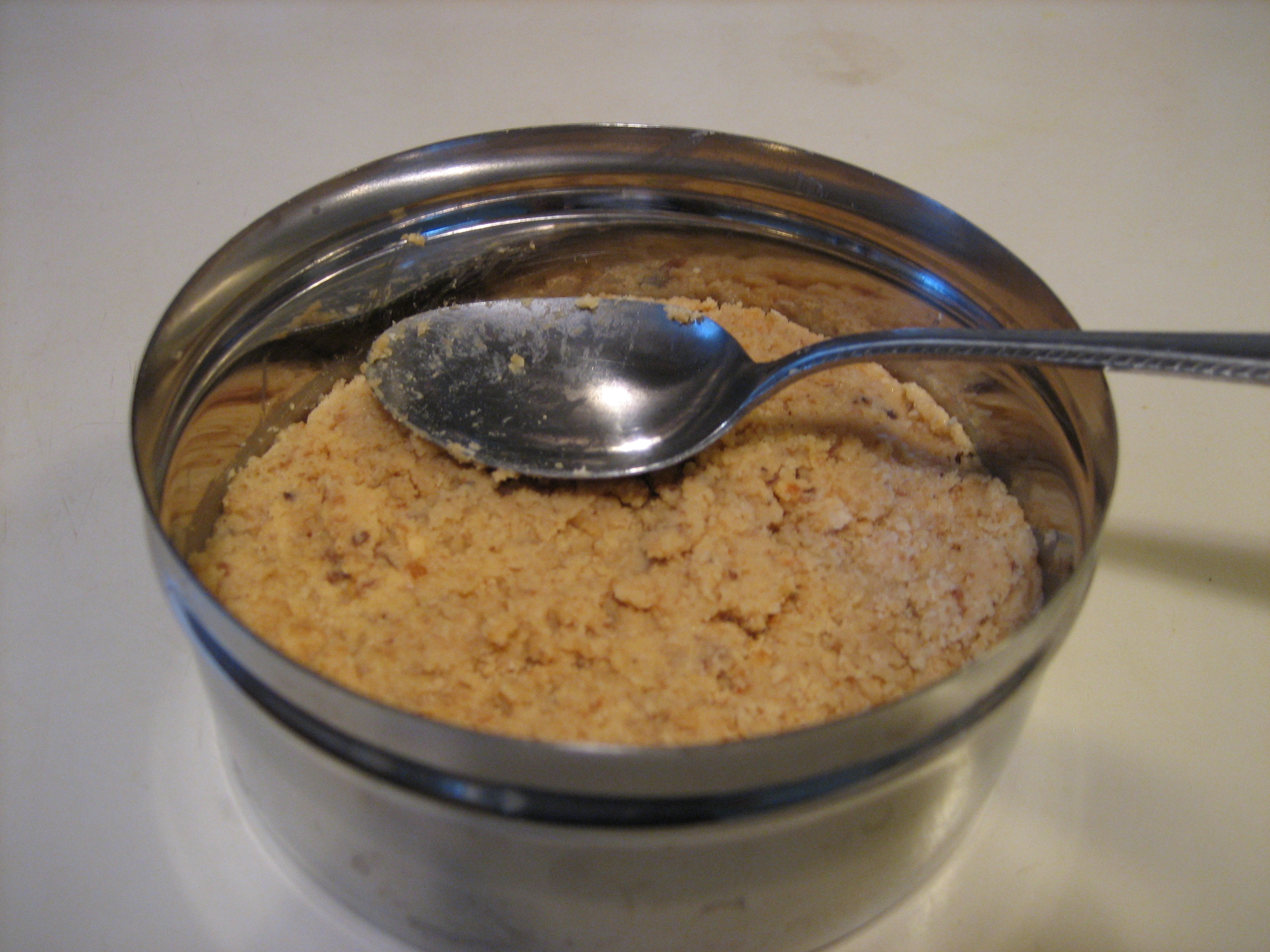




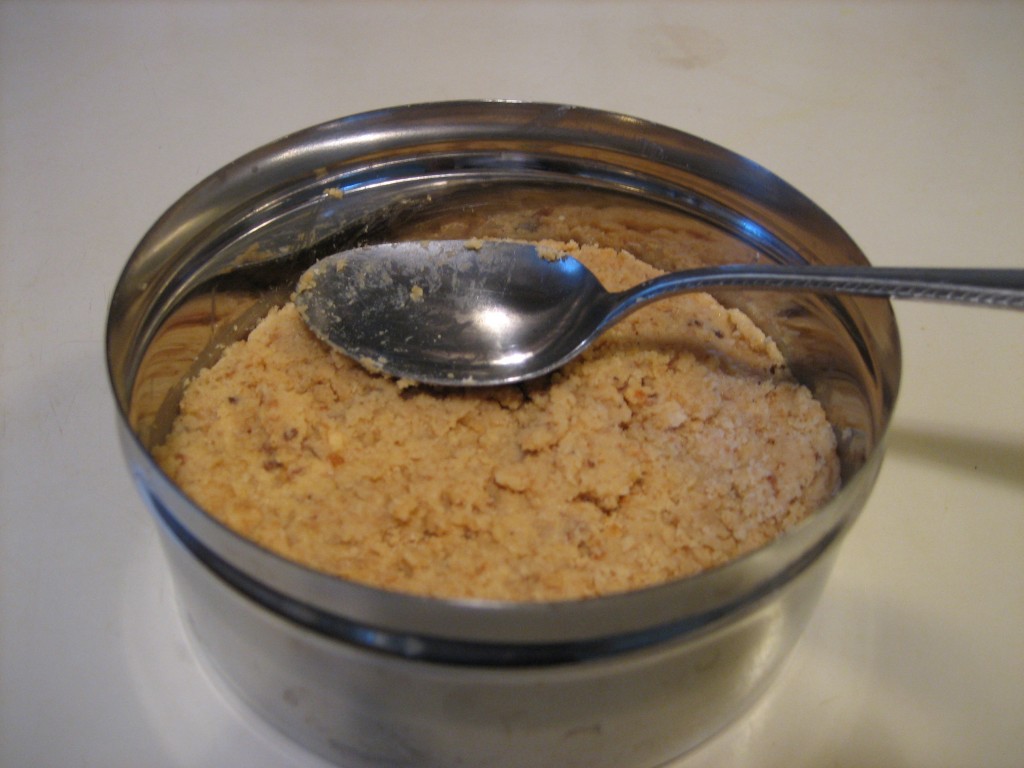
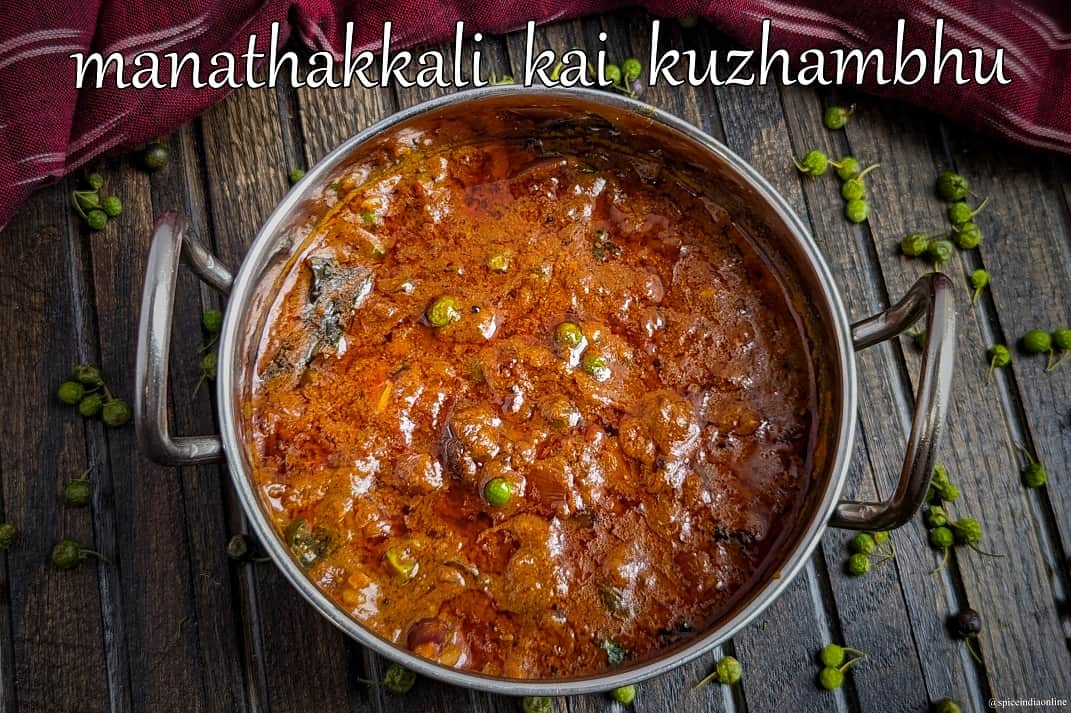
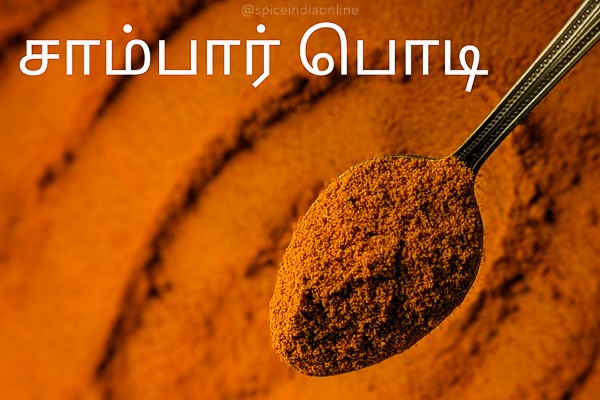
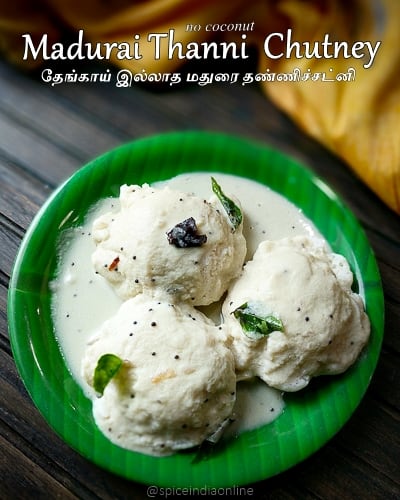
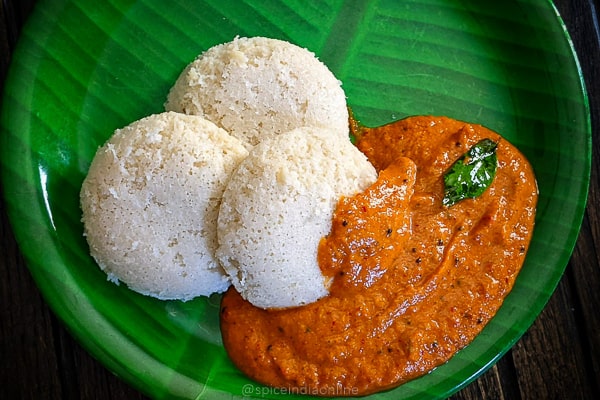
13 Comments
[…] Before we start we need to get the khoa ready. To make this you will need to boil milk and simmer until it condenses to about 1/5 of its original quantity. This takes about 45 minutes to an hour over low flame. Please refer this page for the making of Khoa Recipe […]
Hi Mullai,
Thankx for the reply. We live in Wroclaw, Poland, most of the indian things we have to get it online. So this tips very much useful for me. Once again thankx
Hi Mullai, thankx for the recepie. Which stage of khoa can be used for making Gulab Jamuns..
Hi leonard,
The khoa should be slightly soft for making jamuns, so avoid the last 15 minutes and go for the soft khoa. Thanks.
hai mullai,
i tried the milk khoya yesterday. i came out really good and tastes superb. but one thing , while eating its sticking to the mouth. i dont know where did i go wrong . can you please correct my mistake.
thank you.
Hi mullai
I have store bought khoya can u ple tell me what is the best way of preserving it.will it be good if i keep it in fridge or do i have to freeze it.thanks in advance.
Sandhya,
Since you say store bought khoya… it could have already spent a month in the refrigerator section at the Indian store, so my advice is to finish off soon rather than storing. But if you still prefer storing then freezing would be one good idea but once you defrost finish off do not refreeze. If refrigerating then 5 days max, these are milk products… and I don't have to say about hygiene packing conditions in Indian stores, so you make the decision. Thanks.
mouth watering
Hi Mullai,
Can you please tell me 1 liter milk will be equivalent to how many cups(standard) of milk?
Thanks
Hi Sweety,
http://www.ez-calculators.com/measurement-conversion-calculator.htm
Hope this helps you…
Should come to 4 and 1/4 cups approximately.
Mullai, if we want to make it as “paal kova” ,at what stage should the sugar be added and how much ?
Check the Milk Khoa recipe, everything posted in detail.